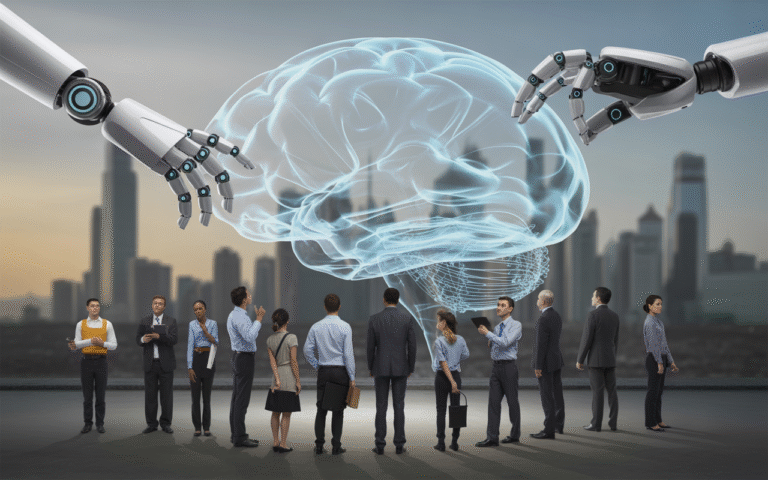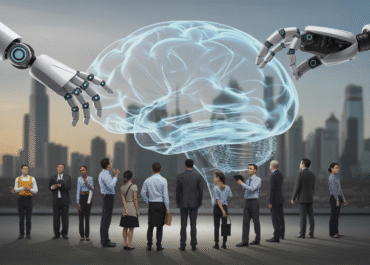AI's Looming Shadow: 100 Million US Jobs at Risk from Automation, Senate Report Warns

The future of work is a topic of constant discussion, but a recent report from the U.S. Senate has escalated the conversation from hypothetical to critically urgent. According to the groundbreaking analysis, the relentless march of AI-powered automation is poised to threaten a staggering 100 million jobs across the United States within the alarmingly short span of one to five years. This isn’t just a distant economic forecast; it’s a profound challenge that could reshape the American workforce as we know it.
The AI Tsunami: Who’s Most At Risk?
The report doesn’t merely paint a broad picture of job losses; it identifies specific sectors and roles that are particularly vulnerable to AI’s disruptive capabilities. Among those most directly in the crosshairs are:
- Fast-food workers: Automated kitchens and order systems are already in nascent stages, promising efficiency but reducing the need for human hands.
- Teaching assistants: AI tools can grade papers, manage schedules, and even deliver personalized learning modules, potentially augmenting or replacing human assistants.
- Accountants: Advanced algorithms can process financial data, conduct audits, and automate tax preparation with greater speed and accuracy.
- Truck drivers: Autonomous vehicles, though still facing regulatory and technological hurdles, are an imminent threat to the millions employed in the trucking industry.
Beyond these specific roles, the report warns that AI could eliminate up to half of all entry-level office jobs. Tasks involving data entry, scheduling, customer service, and basic administrative functions are highly susceptible to automation, leading to a projected unemployment rate that could spike significantly, ranging between 10% and 20%.
Beyond Displacement: The Broader Economic and Societal Ripple Effects
An unemployment rate of 10% to 20% would represent an economic shockwave far greater than the 2008 financial crisis or even the peak of the COVID-19 pandemic’s job losses. Such a scenario would not only impact individual livelihoods but could trigger widespread social and economic instability. Consumer spending would plummet, social safety nets would be strained to their breaking point, and the very fabric of communities could be put under immense pressure.
This isn’t just about jobs being replaced; it’s about the fundamental skills and education systems needing a radical overhaul. The report implicitly calls for urgent action to prepare the workforce for a future where adaptability, critical thinking, and uniquely human skills become paramount. It highlights the urgent need for robust reskilling initiatives, accessible lifelong learning programs, and a re-evaluation of educational curricula to equip future generations.
Preparing for the Future: A Call to Action
While the prospect of widespread job displacement is daunting, it also presents an opportunity for proactive measures. Policymakers, industry leaders, and educators must collaborate to:
- Invest in Reskilling & Upskilling: Create accessible and effective programs to transition workers from at-risk roles to those requiring human ingenuity and interpersonal skills.
- Foster Innovation Responsibly: Encourage the development of AI that augments human capabilities rather than simply replacing them.
- Rethink Social Safety Nets: Explore universal basic income (UBI) or other robust support systems to cushion the impact of mass job displacement.
- Prioritize Education Reform: Emphasize critical thinking, creativity, emotional intelligence, and complex problem-solving in education from an early age.
The U.S. Senate report serves as a critical wake-up call, urging immediate attention to the transformative power of AI. The threat to 100 million American jobs is not an abstract concept; it’s a potential reality that demands swift, collaborative, and innovative responses to ensure a stable and prosperous future for the American workforce.


